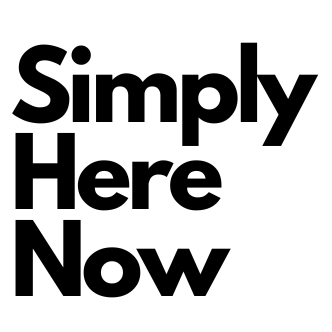The Story of Innovation and Customer Choice
After years of research, Christensen and his co-authors have come to one critical conclusion: our long held maxim—that understanding the customer is the crux of innovation–is wrong. Customers don’t buy products or services; they “hire” them to do a job. Understanding customers does not drive innovation success, he argues. Understanding customer jobs does.
Christensen, Hall, Dillon, and Duncan contend that by understanding what causes customers to “hire” a product or service, any business can improve its innovation track record, creating products that customers not only want to hire, but that they’ll pay premium prices to bring into their lives.
Jobs theory offers new hope for growth to companies frustrated by their hit and miss efforts.
This book carefully lays down the authors’ provocative framework, providing a comprehensive explanation of the theory and why it is predictive, how to use it in the real world–and, most importantly, how not to squander the insights it provides.
Innovation 101: Competing Against Luck Animated Summary
Video by Productivity Game
Key Takeaways
“What job are my customers hiring this product to do?”
When we buy a product, we essentially hire something to get a job done.
- Some jobs are little, like pass the time when waiting in line.
- Some jobs are big, like find a more fulfilling career.
- Some surface unpredictably, like dress for an out of town business meeting after the airline lost my suitcase.
- And some happen regularly like pack a healthy, tasty lunch for my daughter to take to school.
Innovation improving an experience for a person in a specific circumstance.
Innovation Tips
1. Find a job that needs to be done aim to understand why you, your customer or target customer would want to pull the product you’re making into their life.
- Don’t just focus on the rational reasons, like satisfying hunger. Dig deeper and focus on the emotional/social reasons.
- When looking for a job to be done, think of yourself as less of an entrepreneur and more of a psychologist. You want to find out what people care about and determine where they specifically want to make progress in their life.
2. Document the Journey from the moment a customer or potential customer hires the product for the job, to the moment that product completes the job or they give up.
- You want to be like a documentary film maker.
- Your goal is to find out where, when and what they’re doing at the moment they have a desire to hire a product.
- Create a storyboard or maps of the experience that follows.
- The key is to focus on the obstacles they face and the moments of frustration they endure.
3. Remove the obstacles and remedy the frustrations to create a better experience faster, more enjoyable. The new experience that you create must be at least twice as good as their current experience.
- Why? Because most of us get anxious when hiring something new. New is often scary.
- Loss Aversion the tendency to avoid loss and maintain the status quo is psychologically twice as powerful as a prospect of gaining something.


